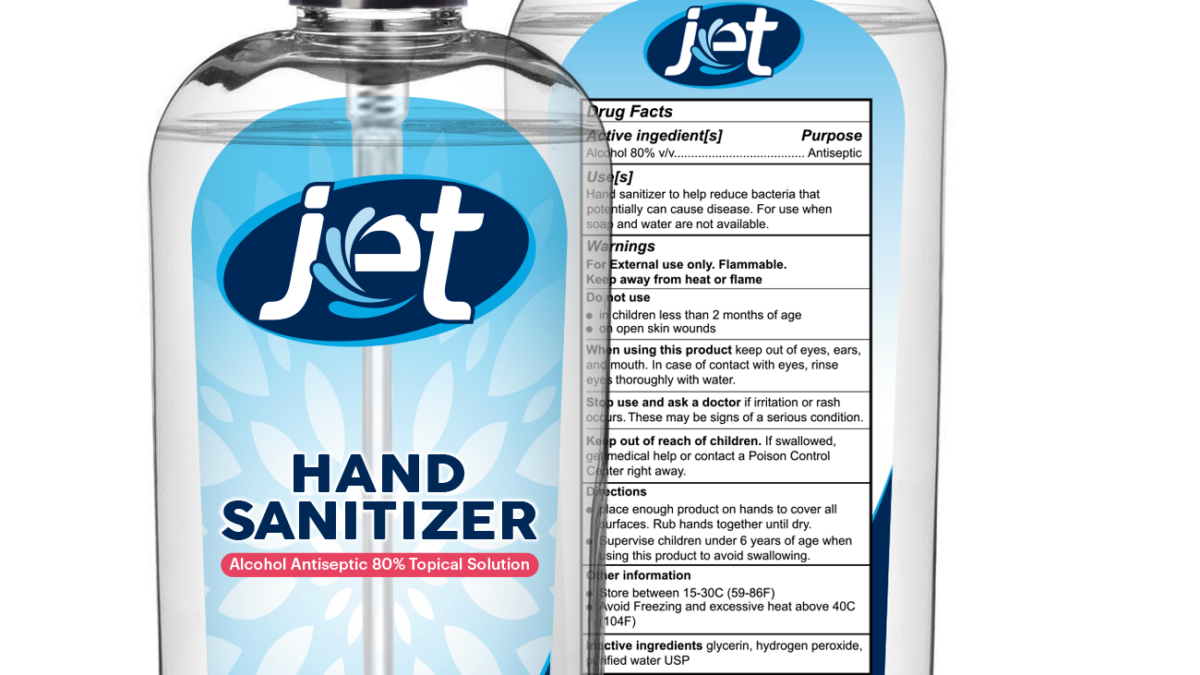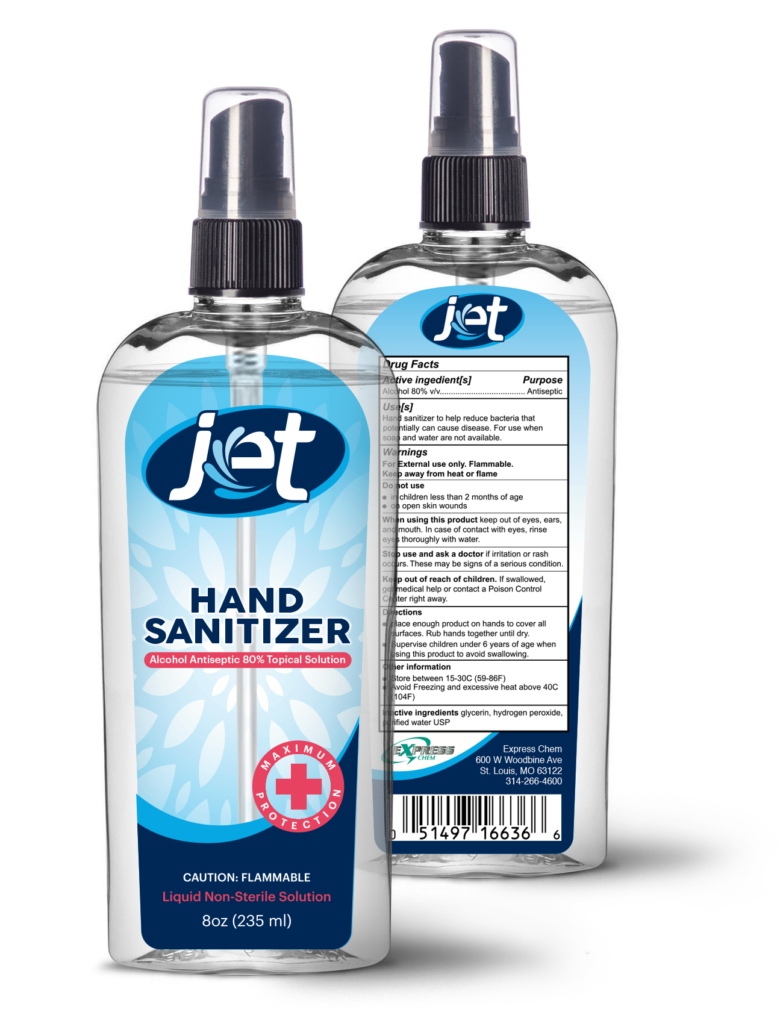

Hospital-wide hand hygiene safe practices and policies have been under review for more than a decade but the acute impact of the coronavirus and COVID-19 admissions has raised awareness on compliance. Hand hygiene goals are becoming more common, and the pandemic has placed them front and center. Healthcare professionals acknowledge their colleagues are watching them wash their hands and calling them out for a do-over.
Hand hygiene is the most important intervention to reduce the risk of transmission of pathogens in health care. Assurance of effective hand hygiene improvement campaigns includes adequate data analytics for reporting compliance, according to a Hand Hygiene study reported in the American Journal of Infection Control in Dec. 2019. The aim of the study was to support the use of time series anomaly detection for the routine surveillance of hand hygiene compliance data. This method facilitates specific and accurate feedback, helping to improve this critical approach for improving patient safety. Fast forward by three months and hospitals were posting even more handwashing reminders and installing alcohol-based hand sanitizer stations whole country was receiving hand-washing instructions across media platforms
- The CDC guides healthcare professionals as part of the continuing response to the pandemic, noting that hand hygiene is an important part of the U.S. response to the international emergence of COVID-19. Practicing hand hygiene, which includes the use of alcohol-based hand rub (ABHR) or handwashing, is a simple yet effective way to prevent the spread of pathogens and infections in healthcare settings. CDC recommendations reflect this important role.
- Hand sanitizers that actually kill the germs must contain at least 60% alcohol. The higher the alcohol content, the more powerful the sanitizer. Another plus is the quick-drying aspect of high alcohol content sanitizers. The Centers for Disease Control and Prevention (CDC) recommendations reflect the importance of cleaning hands to prevent disease transmission.
- The exact contribution of hand hygiene to the reduction of direct and indirect spread of coronaviruses between people is currently unknown. However, hand washing mechanically removes pathogens, and laboratory data demonstrate that ABHR formulations in the range of alcohol concentrations recommended by CDC, inactivate SARS-CoV-2. [1,2]
- ABHR effectively reduces the number of pathogens that may be present on the hands of healthcare providers after brief interactions with patients or the care environment.
The CDC also notes that an alcohol-containing preparation designed for application to the hands for reducing the number of viable microorganisms on the hands. In the United States, such preparations usually contain 60%–95% ethanol or isopropanol. Other solutions are antimicrobial soap. Soap (i.e., detergent) containing an antiseptic agent and antiseptic agents.
Hand washing mechanically removes pathogens, and laboratory data demonstrate that ABHR formulations in the range of alcohol concentrations recommended by CDC, inactivate SARS-CoV-2. [1,2]
Hand hygiene protects everyone
CDC recommends using ABHR with greater than 60% ethanol or 70% isopropanol in healthcare settings. Unless hands are visibly soiled, an alcohol-based hand rub is preferred over soap and water in most clinical situations due to evidence of better compliance compared to soap and water. Hand rubs are generally less irritating to hands and are effective in the absence of a sink. Hand sanitizers with higher alcohol content dry faster and promote compliance.
When possible, hands should be washed with soap and water for at least 20 seconds when visibly soiled, before eating, and after using the restroom.
The Joint Commission Center for Transforming Healthcare started a patient safety project on hand hygiene in 2008, putting together teams in eight hospitals. Ultimately, the teams found that a targeted approach to hand hygiene improvement — focusing improvement efforts on specific issues of noncompliance — can be more effective than a “one-size-fits-all” strategy, as reported in Becker’s Clinical Leadership & Infection Control.
A study in the American Journal of Infection Control found a change as simple as installing bright red hand sanitizer dispensers can increase hand hygiene compliance in hospitals. In fact, healthcare worker-adjusted compliance increased by 6 percent once the red dispensers were installed at the hospital in Germany where the study took place.
Further, bright red hand sanitizer dispensers aren’t the only tool hospitals can use to improve hand hygiene; compliance rates at one hospital roughly doubled after flashing red lights were placed on hand sanitizer dispensers, according to a study published in the American Journal of Infection Control .
- Kratzel A, Todt D, V’kovski P, Steiner S, Gultrom M, Thao TTN, et al. Inactivation of severe acute respiratory syndrome coronavirus 2 by WHO-recommended hand rub formulations and alcohols. Emerg Infect Dis. 2020 Jul [date cited]. https://doi.org/10.3201/eid2607.200915external icon
- Siddharta A, Pfaender S, Vielle NJ, Dijkman R, et al. Virucidal activity of World Health Organization recommended formulations against enveloped viruses include Zika, Ebola, and emerging Coronaviruses. J Infect Dis. 2017
